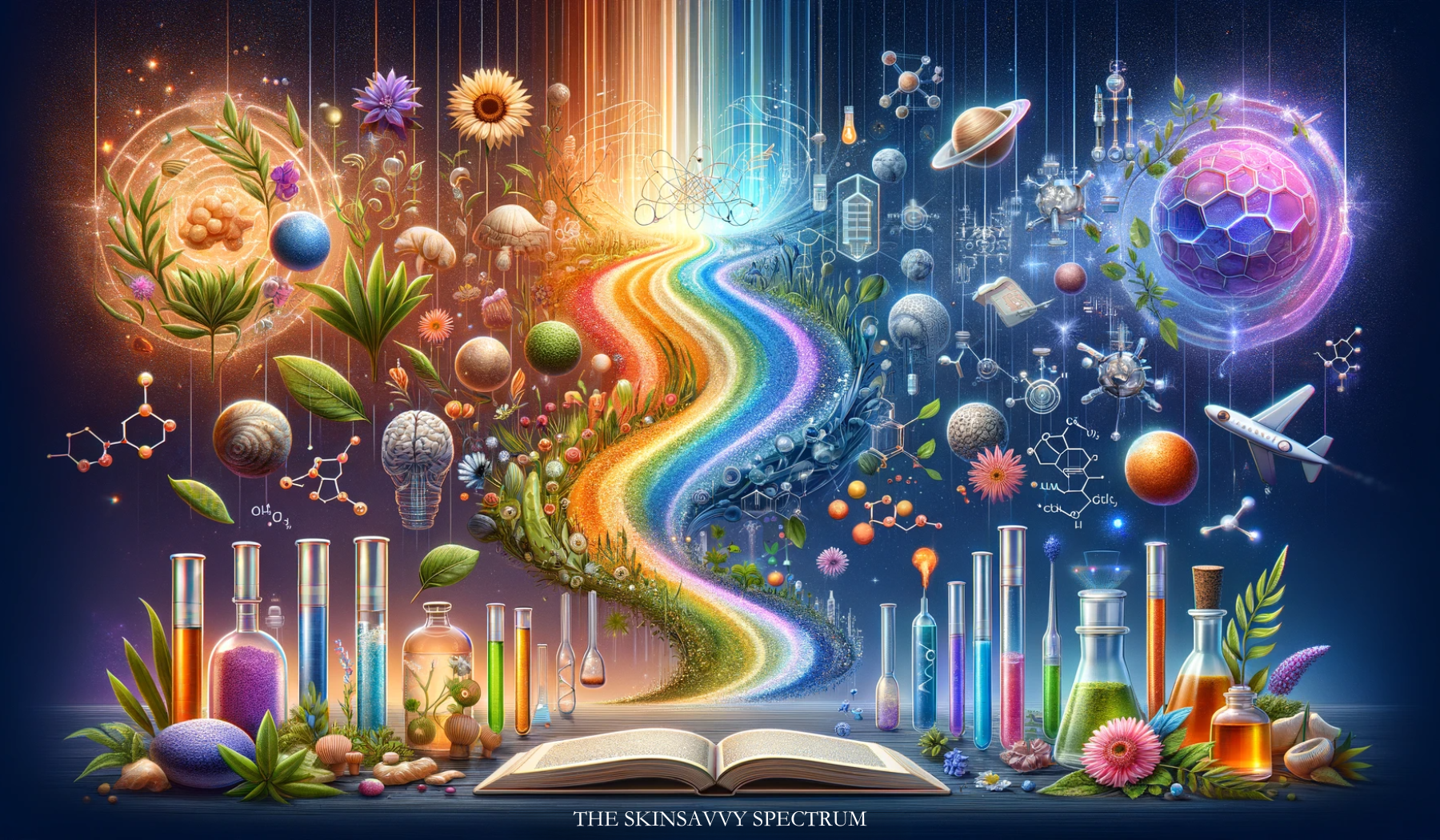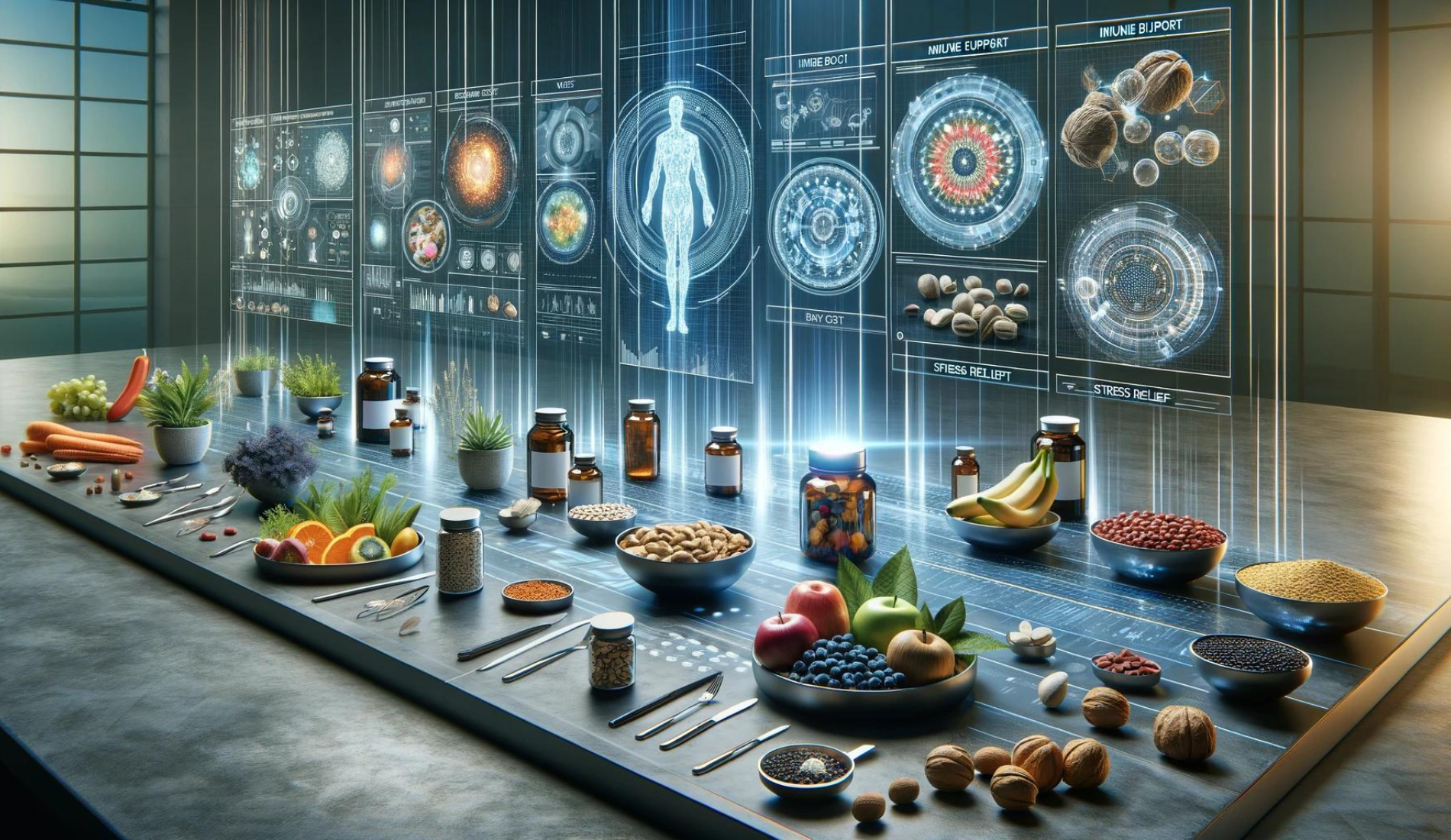Humans Are Genetically the Same as Our Paleolithic Ancestors

Let’s tackle one of the most extensive Paleo diet claims: that our bodies haven’t changed much since the days of fur loincloths and hunting mammoths. Proponents argue that because our genes are “virtually identical” to those of our ancestors, we should eat the way they did—no grains, no dairy, and definitely no Funyuns. But is that true?
The Myth
The Paleo diet’s central idea is based on the mismatch hypothesis, which says our bodies are stuck in a time warp. Essentially, our DNA is like an outdated operating system—think Windows XP in an iPhone world. Agriculture and processed foods are too “new” for us to handle, so we should return to what we’re genetically designed to eat. It’s an appealing story, but like all good tales, it’s not entirely true.
The Reality
Humans haven’t been sitting around twiddling their opposable thumbs for the past 10,000 years. In fact, evolution didn’t stop when the first farmer planted a seed. Significant changes in our DNA have occurred, many of them directly related to diet:
- Lactase Persistence: Back in the caveman days, drinking milk was strictly for babies. Adults lacked the enzyme to digest lactose (milk sugar). However, once humans started domesticating animals, a genetic mutation spread that allowed adults to digest dairy. Today, about 35% of the world’s population has lactase persistence—basically a superpower our ancestors didn’t have.
- Amylase Production: Early hunter-gatherers didn’t eat many starchy foods, but when farming began, so did our love affair with grains. Over time, humans started producing more amylase, an enzyme that breaks down starches. This adaptation means many of us can happily munch on bread and rice without issue—though Paleo purists may clutch their chestnut flour biscuits in horror.
- Regional Variations: Evolution worked differently for everyone. For instance, Inuit populations evolved to process high-fat diets more efficiently, while some African and South Asian groups have genetic traits suited to plant-heavy diets. This blows a hole in the idea that a “universal” diet from 2 million years ago is optimal for everyone today.
- Microbiome Evolution: Even the bacteria in our guts have evolved. Modern diets, lifestyle changes, and even antibiotics have shaped our microbiomes, meaning our digestive systems are different from those of our ancestors.
The Problem with the Argument
The Paleo diet assumes our ancestors had it all figured out nutritionally, but let’s be honest—these people weren’t precisely food scientists. They ate what they could find. If mammoth steak was off the menu, they went for berries, tubers, or whatever wasn’t poisonous. In other words, their “diet plan” wasn’t intentional; it was pure survival. Claiming we should stick to their habits ignores thousands of years of culinary innovation and human adaptation.
The Takeaway
While the idea of “genetic similarity” is partly true, humans are far from carbon copies of our Paleolithic ancestors. Our genes have adapted to new diets and environments, and modern nutrition science gives us the tools to eat in ways that suit our bodies. So, unless you’re planning to live in a cave and hunt your dinner, it’s okay to embrace some modern foods without betraying your DNA.
Now, can we please stop pretending troglodytes would’ve skipped the breadbasket at a restaurant? They would’ve devoured it—probably with both hands.
For references, visit the Main Page.




















